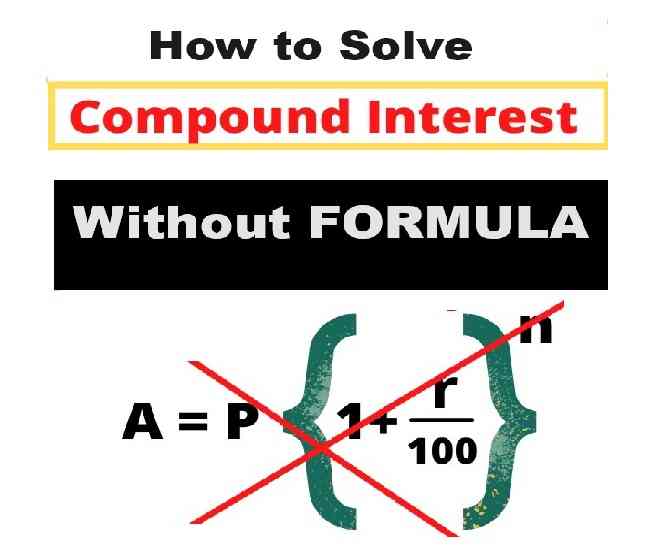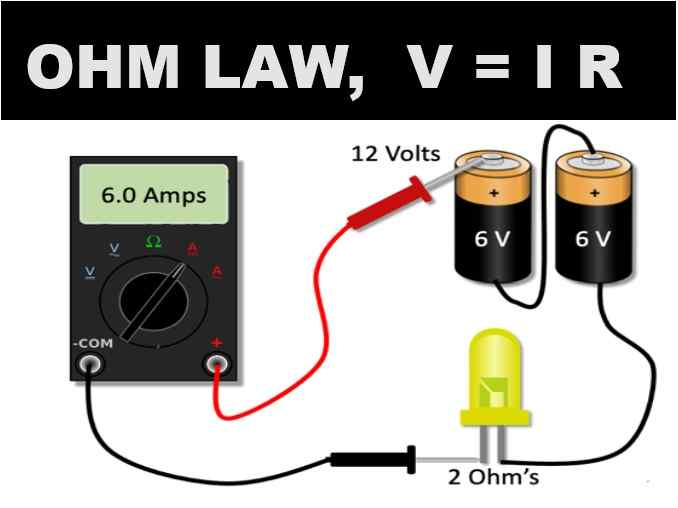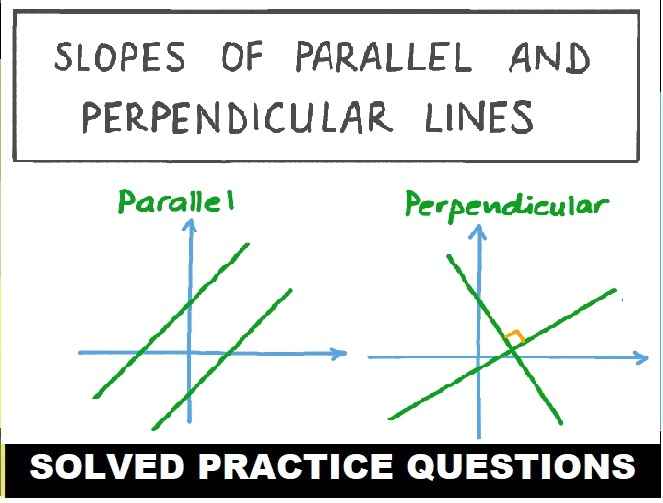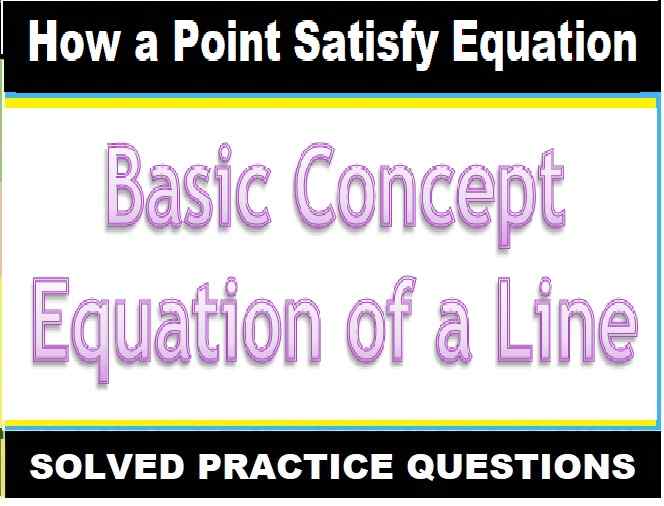Compound Interest Class 9 RS Aggarwal Exe-2A Goyal Brothers ICSE Foundation Mathmatics Solutions. In this article you will learn how to solve compound interest problems easily without formula . Visit official Website CISCE for detail information about ICSE Board Class-9 Mathematics.

Compound Interest Class 9 RS Aggarwal Exe-2A Goyal Brothers ICSE Maths Solutions
| Board | ICSE |
| Publications | Goyal brothers Prakshan |
| Subject | Maths |
| Class | 9th |
| Chapter-2 | Compound Interest |
| Writer | RS Aggrawal |
| Book Name | Foundation |
| Topics | Solution of Exe-2A |
| Academic Session | 2024-2025 |
How to Solve Compound Interest Problems without Formula
- Solving compound interest problems without formula is as same as simple interest but becomes borius if T (time) is in large numeric value. follow simle step given
- Calculate S I of first year only as simple interest calculates
- add this interest to Principal to get either amount of first year or Principal of second year
- Again calculate S I using 1st year amount as 2nd year pricipal
- Again add this second year interst to second year principal to get either amont of second year or principal for third year
- proceed the same step unless number of year complete to get final amount
- At last to calculate compund Interest subtract original principal from final amount
Exercise- 2A
Compound Interest Class 9 RS Aggarwal Exe-2A Goyal Brothers ICSE Foundation Mathmatics Solutions
Page- 29,30
Que-1: Calculate the amount and the compound interest on Rs25000 for 2 years at 8% per annum, compound annually.
Solution- The principal ( P ) is Rs. 25,000
The rate (R ) is 8 %
The time ( n ) is 2 years
A = P{1+r/100}^n
A = 25000{1+8/100}²
A = 25000(27/25)²
A = 25000 x 27/25 x 27/25
A = 40 x 27 x 27
A = 29160 Ans.
C.I. = A – P
C.I. = 29160 – 25000
C.I. = 4160 Ans.
Que-2: Rohit borrows Rs62500 from Arun for 2 years at 10% per annum, simple interest. He immediately lends out this sum to Kunal at 10% per annum for the same period, compounded annually. Calculate Rohit’s profit in the transaction at the end of two years.
Solution- Rohit borrowed =62,500, T = 2yrs, R = 10%
S.D = (pxrxt)/100 = (62,500×2×10)/100
⇒ 12,500
Rohit lent = 62,500, T = 2yrs, R = 10%. (Compounded)
Amount = 62,500(1+(10/100))^2 [∵A = P(1+1/100)^n]
= 62,500(1.1)^2
= 75625
C.D = 75625−62500 = 13125
Profit = 13125−12500 = 625 Rs. Ans.
Que-3: A man invests Rs10000 for 3 years at a certain rate of interest, compounded annually. At the end of one year, it amounts to Rs11200. Calculate : (i) the rate of interest per annum; (ii) the interest accrued in the second year: (iii) the amount at the end of third year.
Solution-P = 10000, n = 3 years, A = 11200
A = P{1+r/100}^n
(i) After 1 year, the amount is Rs 11,200. Using the compound interest formula:
11200 = 10000(1+(𝑟/100))
Solving for r:
11200/10000 = 1+(𝑟/100)
1.12 = 1+(r/100)
1.12−1 = r/100
0.12 = r/100
r = 0.12×100
r=12% Ans.
(ii) Amount after 2 years (n = 2):
𝐴2 = 𝑃(1+(𝑟/100))²
P = 10000 and r = 12:
𝐴2 = 10000(1+(12/100))²
𝐴2 = 10000(1.12)²
𝐴2 = 10000×1.2544
𝐴2 = 12544
The interest accrued in the second year is the amount after 2 years minus the amount after 1 year:
Interest accrued in the second year = A2−A1
= 12544−11200
= 1344 Ans.
(iii) Amount after 3 years (n = 3):
𝐴3 = 𝑃(1+(𝑟/100))³
Using P = 10000 and r = 12:
𝐴3 = 10000(1+(12/100))³
𝐴3 = 10000(1.12)³
𝐴3 = 10000×1.404928
𝐴3 = 14049.28 Ans.
Que-4: Sudhakar borrows Rs22500 at 10% per annum, compounded annually. If he repays Rs11250 at the end of first year and Rs12550 at the end of second year, find the amount of loan outstanding against him at the end of the third year.
Solution- P = Rs22500
r = 10%
n = 3 years
A = P{1+r/100}^n
Amount at the end of the first year
= 𝑃(1+(𝑅/100))¹ = 22500(1+(10/100))¹ = 22500 𝑥 11/10 = ₹24750
Amount paid at the end of the first year ₹11250(given)
Balance after the first year = ₹24750 – ₹11250 = ₹13500
Now, this balance becomes principal for next year’s calculation.
Amount at the end of 2nd year = ₹13500(1+(10/100))¹ = ₹13500 𝑥 11/10 = ₹14850
Amount paid at the end of the second year = ₹12550(given)
Balance after the second year = ₹14850 – ₹12550 = ₹2300
Now, this balance becomes principal for next year’s calculation.
Amount at the end of the third year
= 2300(1+(10/100))¹ = 2300 𝑥 11/10
= ₹2530 Ans.
Que-5: A man borrows Rs15000 at 12% per annum, compounded annually. If he repays Rs4400 at the end of each year, find the amount outstanding against him at the beginning of the third year.
Solution-Principal = 15000
Rate = 12%
Repays amount = 4400
Calculate the amount due at the end of the first year before repayment:
𝐴1 = 𝑃(1+(𝑟/100)
𝐴1 = 15000(1+12/100)
𝐴1 = 15000×1.12
A1 = 16800
Subtract the repayment made at the end of the first year:
Outstanding after repayment = 16800−4400
Outstanding = 12400
Calculate the amount due at the end of the second year before repayment:
𝐴2 = 12400(1+12/100)
𝐴2 = 12400×1.12
A2 = 13888
Subtract the repayment made at the end of the second year:
Outstanding after repayment = 13888−4400
Outstanding = 9488
So, the amount outstanding against him at the beginning of the third year is 9488 Ans.
Que-6: Mr. Ravi borrows Rs16000 for 2 years. The rate of interest for two successive years are 10% and 12% respectively. If he repays Rs5600 at the end of first year, find the amount outstanding at the end of second year.
Solution- P = Rs.16,000, T = 2yrs, R = 10% and 12% p.a
For 1st yr:
16000 X 1 X(10 ÷ 100) = 1600
Amount = 16000 + 1600 = 17,600
He repays 5600 at the end of 1st yr
Therefore, 17,600 – 5600 = 12000
New Principal = 12000
For 2nd yr,
Interest = 12000 X 1 X (12 ÷ 100) = 1440
Amount = 12000 + 1440 = 13440
Therefore, the amount outstanding for the 2nd yr is = Rs. 13,440
Que-7: Calculate the amount of Rs30000 at the end of 2 year 4 months, compounded annually at 10% per annum.
Solution- Interest for the 1st year = Rs ( 30000 x 10 /100 x1 ) = 3000
Amount at the end of 1st year = 30000 + 3000 = 33000 Rs
Principal for the 2nd year = 33000 Rs
Interest for the second year =( 33000 x 10/100 x 1) = 3300
Amount at the end of 2nd year = 33000 + 3300 = 36300
Principal for the 3rd year = 36300
Interest for the 4 months = 36300 x 4/12 x 10 x 1/100 = 1210
Hence, the amount at the end of the 4 months = 36300 + 1210 = 37510 Ans.
Que-8: Calculate the amount of Rs31250 at the end of 2*(1/2) years, compounded annually at 8% per annum.
Solution- Principal (P) = Rs 31,250
Annual Interest Rate (r) = 8%
Number of years (n) = 2*(1/2) = 2.5
A2 = P(1+(r/100))²
𝐴2 = 31250(1+(8/100))²
A2 = 31250(1.08)²
A2 = 31250×1.1664
A2 = 36450
For the half-year period, we will use the effective interest rate for half a year, which is:
Half-year interest rate = 8/2 = 4%
So, the amount after the additional half-year is:
𝐴2.5 = 𝐴2(1+4/100)
A2.5 = 36450(1.04)
A2.5 = 36450×1.04
A2.5 = 37908 Ans.
Que-9: Calculate the amount and the compound interest on Rs15000 for 2 years compounded annually, the rates of interest for the successive years being 8% and 9% per annum respectively.
Solution- Principal (P) = Rs 15,000
Rate of interest for the first year (R1) = 8%
Time (T) = 1 year
𝐴1 = 𝑃(1+(𝑅1/100))
𝐴1 = 15000(1+(8/100))
A1 = 15000(1+0.08)
A1 = 15000×1.08
A1 = 16200
New Principal = Amount at the end of the first year = Rs 16,200
Rate of interest for the second year (R2) = 9%
Time (T) = 1 year
A2 = A1(1+(R2/100))
𝐴2 = 16200(1+(9/100))
A2 = 16200(1+0.09)
A2 =16200×1.09
A2 = 17658
Thus, the amount at the end of 2 years is Rs 17,658 Ans.
Compound Interest (CI) = Amount – Principal
Principal (P) = Rs 15,000
Amount (A) = Rs 17,658
𝐶𝐼 =𝐴−𝑃
= 17658−15000 = 2658 Ans.
Que-10: Calculate the amount and the compound interest on Rs25000 for 3 years compounded annually, the rates of interest for the successive years being 8%, 9% and 10% per annum respectively.
Solution- Principal (P) = Rs 25,000
Rate of interest for the first year (R1) = 8%
Time (T) = 1 year
𝐴1 = 𝑃(1+(𝑅1/100))
𝐴1 = 25000(1+(8/100))
A1 = 25000(1+0.08)
A1 = 25000×1.08
A1 = 27000
New Principal = Amount at the end of the first year = Rs 27,000
Rate of interest for the second year (R2) = 9%
Time (T) = 1 year
𝐴2 = 𝐴1(1+(𝑅2/100))
𝐴2 = 27000(1+(9/100))
A2 = 27000(1+0.09)
A2 = 27000×1.09
A2 = 29430
New Principal = Amount at the end of the second year = Rs 29,430
Rate of interest for the third year (R3) = 10%
Time (T) = 1 year
A3 = A2(1+(R3/100))
𝐴3 = 29430(1+(10/100))
A3 = 29430(1+0.10)
A3 = 29430×1.10
A3 = 32373
Thus, the amount at the end of 3 years is Rs 32,373 Ans.
Compound Interest (CI) = Amount – Principal
Principal (P) = Rs 25,000
Amount (A) = Rs 32,373
𝐶𝐼 = 𝐴−𝑃
= 32373−25000 = 7373 Ans.
Que-11: Peter invested Rs240000 for 2 years at 10% per annum compounded annually. If 20% of the accrued interest at the end of each year is deducted as income tax, find the amount he received at the end of 2 years.
Solution- Amount invested = Principal =𝑅𝑠.2,40,000
Time = 2𝑦𝑟𝑠
Rate =10% 𝑝.𝑎
Interest for 1st year
= 𝑆.𝐼 = (𝑃𝑅T)/100
𝑆.𝐼 = (2,40,000×10×1)/100
𝑆.𝐼 = 𝑅𝑠.24,000
Amount at the end of 1st year = 𝑃+𝑆.𝐼 − (20/100) 𝑜𝑓 𝑆.𝐼.
= 2,40,000 + 24000 − (20/100) × 24000
= 2,40,000 + (80/100) × 24000
= 2,40,000+19200
= 𝑅𝑠.2,59,200
Principal for 2nd year =𝑅𝑠.2,59,200
Interest for 2nd year = (2,59,200×10×1)/100
= 𝑅𝑠.25,920
Amount at the end of 2nd year = 𝑃+𝑆.𝐼−20% 𝑜𝑓 𝑆.𝐼.
= 2,59,200 + 2,5920 − (20/100) 𝑜𝑓 𝑆.𝐼
= 2,59,200 + (80/100) × 25920
= 2,59,200 + 20736
= 𝑅𝑠.2,79,936 Ans.
Que-12: Find the amount and the compound interest on Rs10000 for 1 year at 12% per annum, compounded half-yearly.
Solution- P = 10000
n = 1 year
r = 12%
A = P(1+(r/100))^n
A = 10000(1+(12/100))²
A = 10000(1+0.6)²
A = 10000(1.06)²
A = 10000 x 1.1236
A = 11236 Ans.
C.I. = A – P
C.I. = 11236 – 10000
C.I. = 1236 Ans.
Que-13: Find the amount and the compound interest on Rs64000 for
1*(1/2) year at 15% per annum, compounded half-yearly.
Solution- Principal (p) = 64000
Time (t) = 1*(1/2) = 3/2
Rate (r) = 15%
A = P(1+(r/100))^n
A = 64000(1+(15/2×100))³
A = 64000 (43/40)³
A = 64000 x (79507/64000)
A = 79507 Ans.
C.I. = A – P
C.I. = 79507 – 64000
C.I. = 15507 Ans.
Que-14: The simple interest on the sum of money for 2 years at 10% p.a. is Rs1700. Find: (i) the sum of money; (ii) the compound interest on this sum for 1 year, payable half-yearly at the same rate.
Solution- Here, S.I. = 1700, P = 2 years, R = 10% p.a.
Using simple interest formula, we have
(i) S.I. = (PxNxR)/100
P = (S.I. x 100)/(N x R)
= (1700 x 100)/(2 x 10)
= 8500
Therefore, sum (P) = Rs. 8500 Ans.
(ii) A = P(1+ r/2×100)2n
= 8500(1 + 10/200)2
= 8500(21/20)2
= Rs. 9371.25
Compound Interest (C.I.) = A – P = 9371.25 – 8500 = Rs. 871.25 Ans.
–: End of Compound Interest Class 9 RS Aggarwal Exe-2A Goyal Brothers ICSE Foundation Mathmatics : —
Return to :- RS Aggarwal Solutions for ICSE Class-9 Mathematics (Goyal Brother Prakashan)
Thanks
Please Share with your friends if helpful


